NovaVision Uses The Power Of Contextual Marketing To Help Stroke Patients With Vision Deficits
Today, the CEO of NovaVision forwarded me an email of a stroke survivor. NovaVision is a company that offers the only FDA-cleared, non-invasive therapy for vision restoration therapy for patients that have suffered partial vision loss from stroke and traumatic brain injuries. The woman was thanking him and the team for saving her vision for the second time. She retold her story, how show lost her vision twice because of two different kinds of strokes and how doctors told her, she would never be able to use her right eye again. Now she has 20/15 vision; she can drive and read product labels.
Unfortunately, losing vision is a sad reality for millions of people. Every forty seconds someone has a stroke — there are approximately 8 million stroke survivors in the United States alone — and up to 30% of these patients suffer some form of vision deficit.
Until now, many patients have received little hope from their doctors that this will ever change! After decades of research and more than 20 clinical studies, NovaVision has recently released a suite of vision restoration therapies based on neuroplasticity that not only give patients new hope but a better quality of life! After six to seven months of home-based therapy, patients can possibly read books, watch TV, drive a car and live independent again.

(Image Credit: NovaVision)
NovaVision approached us about six months ago, asking us to build a new website and rock their inbound marketing program for them to help market the new product. As an inbound marketing agency focussing on mission-driven businesses, we were thrilled! Having worked with the company for the past four months, we could not be happier — because enabling people to tell stories of recovery like the one I just told you, make an already awesome job even better.
Many Dispersed Websites
The company had several different websites that all needed to be consolidated into one cohesive website that serves the needs of the patients, the family members, and caregivers of the patients as well as medical professionals, such as prescribing physicians and occupational therapists. The goal was to make all information easily accessible within a few clicks.
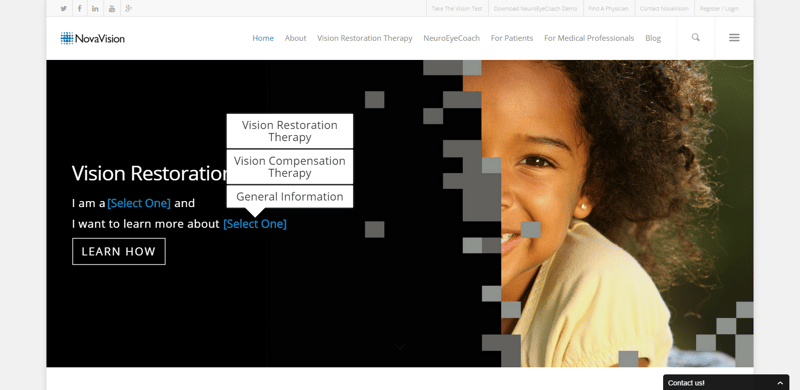
The new website is built in WordPress because the old website was also based in the same content management system, and that is what the internal marketing team was comfortable using. On the homepage, the visitor will immediately see the company's value proposition "Vision Restoration For Life" as well as an option to identify themselves as a patient or medical professional and navigate to the specific therapy they want more information on or learn more about the general options.
The website is primarily targeted to educate patients, but it needs to serve as an educational resource for prescribing physicians, occupational therapists, support group leaders and other medical professionals as well.
The Online Vision Test Was A Big Challenge For The Sales Team
On one of the company's website, HelpforVisionloss.com, NovaVision offered an online vision test that was often used by prospective patients. This is more than an important lead generation tool for the business — it is a helpful resource for patients and their physicians to determine whether or not they would be able to perform the therapy in their own home.
But there were several issues that they were not able to resolve — until now.
Firstly, the test must be performed on a computer, not a mobile device. However, about 25% of the American public accesses the internet solely on their smartphone or tablet. Visitors got frustrated after filling out a lengthy form (remember these visitors have lost part of their vision so filling out a form is hard!) and then realizing that they would not be able to perform the test right then and there.
In addition, some patients tried to use the test as their therapy and took the test over and over again. Since the therapy difficulty advances with the patient's progress, this is not effective and discouraged. So, there needed to be a way to track and prevent repetitive usage.
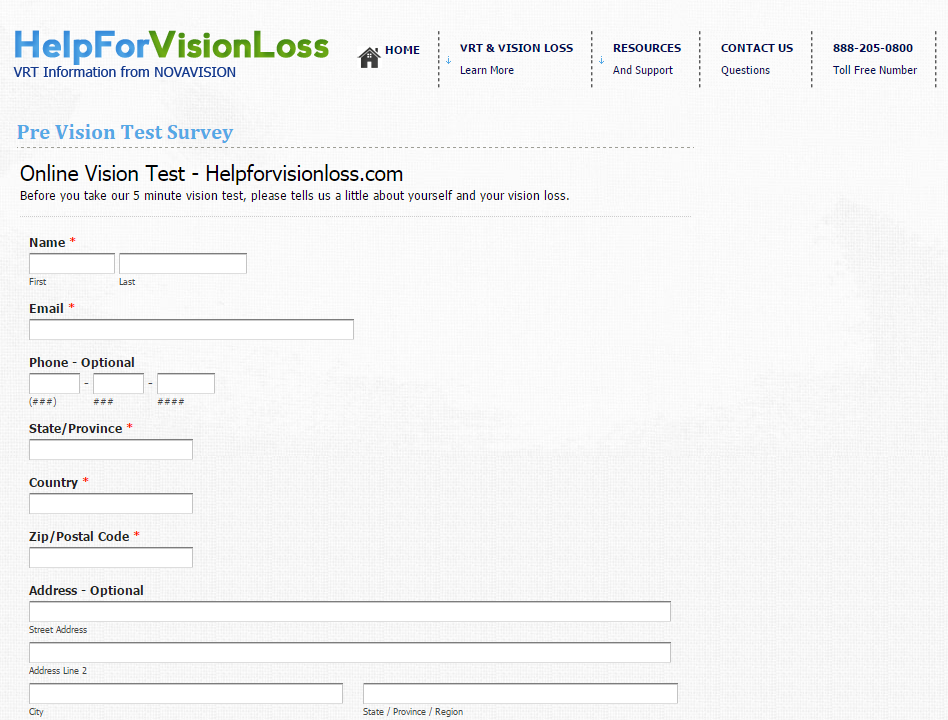
(Image Credit: NovaVision - Old Online Eye Test Landing Page)
Using Contextual Marketing To Make It Easier For Patients
We created a new landing page using the HubSpot landing page tool, combining it with contextual marketing to streamline the form; making it shorter and smart.
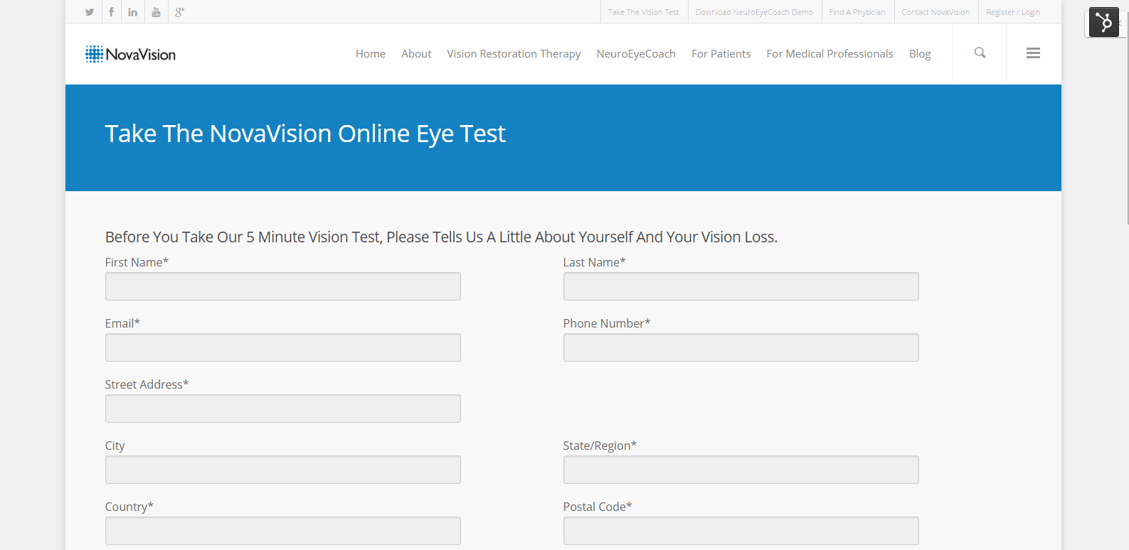
First of all, the landing page is now more modern and has bigger form fields — which is important to patients with partial eyesight.
Second, the form fields are smart, so if the visitor has identified himself already with another offer, they will not need to fill in the same fields again — significantly cutting down on the time they need to spend on typing into a form.
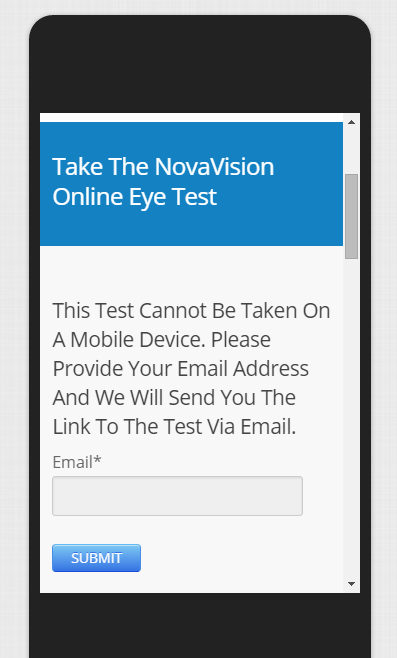 Smart Forms To React To Mobile Devices
Smart Forms To React To Mobile Devices
Thirdly, we applied a smart rule to the form based on which type of device they are using. If the visitor uses a computer (default), the page will look just as above. But if they are viewing the page on a smartphone or tablet, the form will be swapped out to a simple email form.
The visitor will see a message reading: "This test cannot be taken on a mobile device. Please provide your email address and we will send you the link to the test via email."
This form is obviously viewed less than other, non-smart forms, but it has a 21.4% conversion rate! Once the visitor submits his email address, we email them the link to the vision test again. This follow-up email has an 83.3% open rate. So, it is clearly very helpful!
Within the next few weeks, we are planning on setting up a workflow that will follow up with leads that did not come back to the vision test to remind them.
Smart Text To Avoid Duplication
The last smart item that we implemented is some smart text taking care of the duplication. I would have preferred to swap out the form again based on list membership, but since that was not possible, I added a rich text module in my landing page where I wanted to have the text appear.
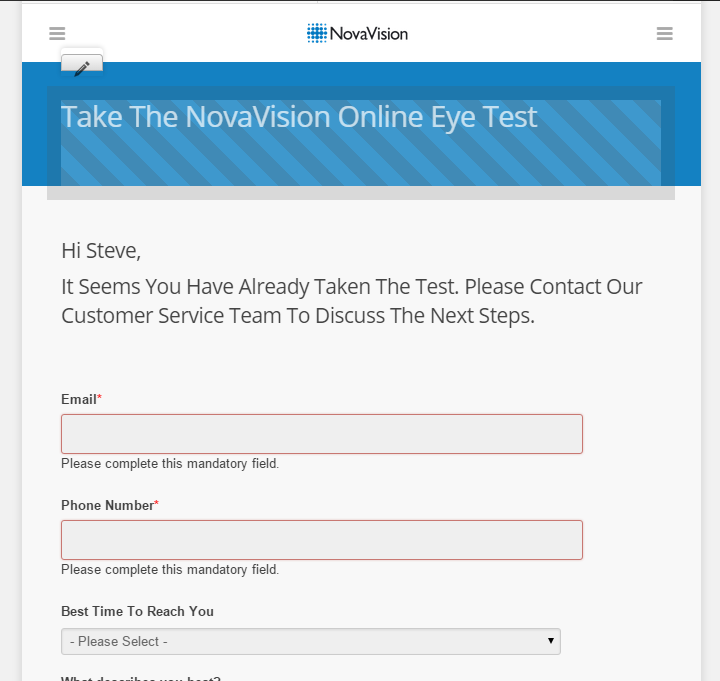
Then I went into the contacts tool and created a smart list of all people who have filled out the test form on this particular page. The company is redoing the actual test right now, so once this is completed, I will change this smart list to enlist only people who have landed on the Test Completed Page after successfully finishing the test. Since this is not finished, I have to use this workaround, but in the future I do not want to exclude people from taking the test again, who have started it, but could not yet successfully finish it.
Next I went into the content editor and created a smart rule in the rich text module I just created — the default text was left empty on purpose. I chose the list membership as the segmentation factor and added my smart list.
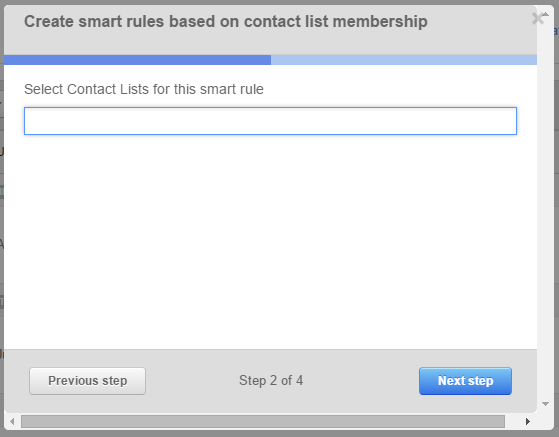
Then I added some text to make it more personal, I used the first name personalization to address the person with his first name. I also embedded in the source code editor the form to contact the office.
Conclusion: Life Is Hard Enough — But We Can Make The Little Things Easier With Contextual Marketing
NovaVision is all about improving the quality of life for stroke and TBI patients — so their website needs to be reflective of that and do everything in its power to use smart decisions to make things easier to find and enable these visitors to reach their goal: receive vision restoration therapy and improve their eyesight to take back charge of their life, to play with their grandchildren again and to live a more fulfilled life.
With the help of HubSpot and contextual marketing, we were able to make the process to take the online vision test easier, shorter and more streamlined.
What to learn more about how one year of hard inbound marketing work using HubSpot has transformed our agency? Download our case study here.
Share this
You May Also Like
These Related Stories
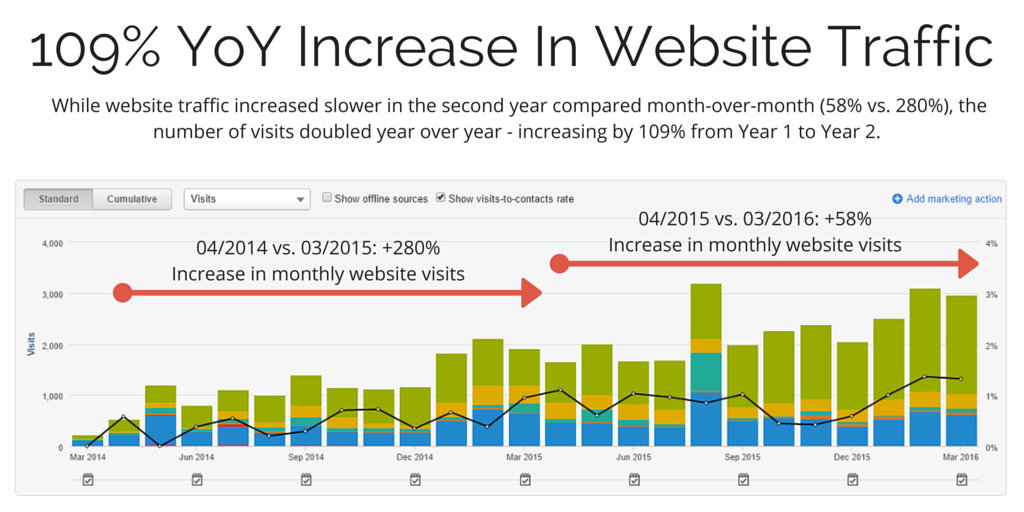
Using HubSpot For 2 Years As A Digital Marketing Agency - The Results

10 Best Practices To Create A High-Converting Landing Page

.png?width=250&height=125&name=TrustBuilderLogoWhiteTranspBackgr(250x125%20px).png)

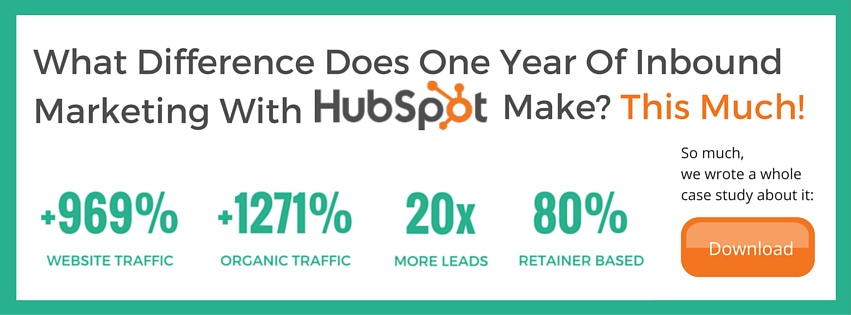
No Comments Yet
Let us know what you think